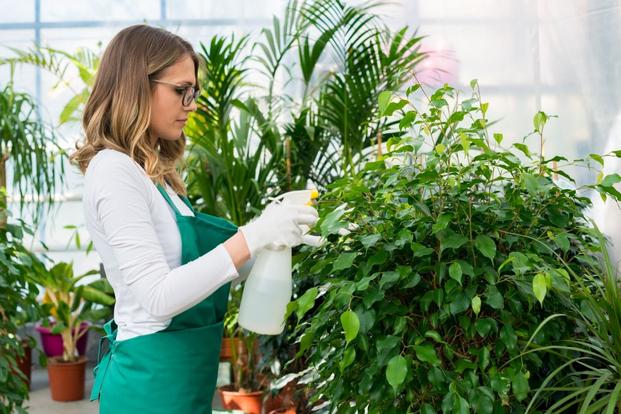 As we have already established, plants need various chemical elements to build up their organic substance, which together represent an important growth factor. None of the elements indispensable for the normal growth of all plants can be replaced by another. They include carbon, oxygen, hydrogen, nitrogen, Phosphor, Potassium, calcium, Magnesium, sulfur and iron. There are also a few other elements, which influence growth and are in many cases absolutely necessary for the plant species in question. Since such elements but only in the smallest amounts (Sense) are necessary, are called trace elements.
As we have already established, plants need various chemical elements to build up their organic substance, which together represent an important growth factor. None of the elements indispensable for the normal growth of all plants can be replaced by another. They include carbon, oxygen, hydrogen, nitrogen, Phosphor, Potassium, calcium, Magnesium, sulfur and iron. There are also a few other elements, which influence growth and are in many cases absolutely necessary for the plant species in question. Since such elements but only in the smallest amounts (Sense) are necessary, are called trace elements.
All of these elements involved in the structure of the plant body must always be in sufficient quantities, are available in a suitable form and in the correct proportions. If these nutrients are only supplied in insufficient quantities or if the so-called harmony of the nutrients is missing – So the beneficial relationship to each other can then be deficiency symptoms, Growth retardation and developmental disorders occur.
Of the main nutrients mentioned above, the carbon is absorbed by the green plants as carbon dioxide from the air. In the green parts of the plant, it is then converted into starch by photosynthesis.
Hydrogen and oxygen enter the plant as water; Oxygen is also taken in from the air when you breathe. The plant usually takes the other nutrients from the soil in the form of mineral salts dissolved in water. In soilless culture, the plant obtains these substances from a nutrient solution.
